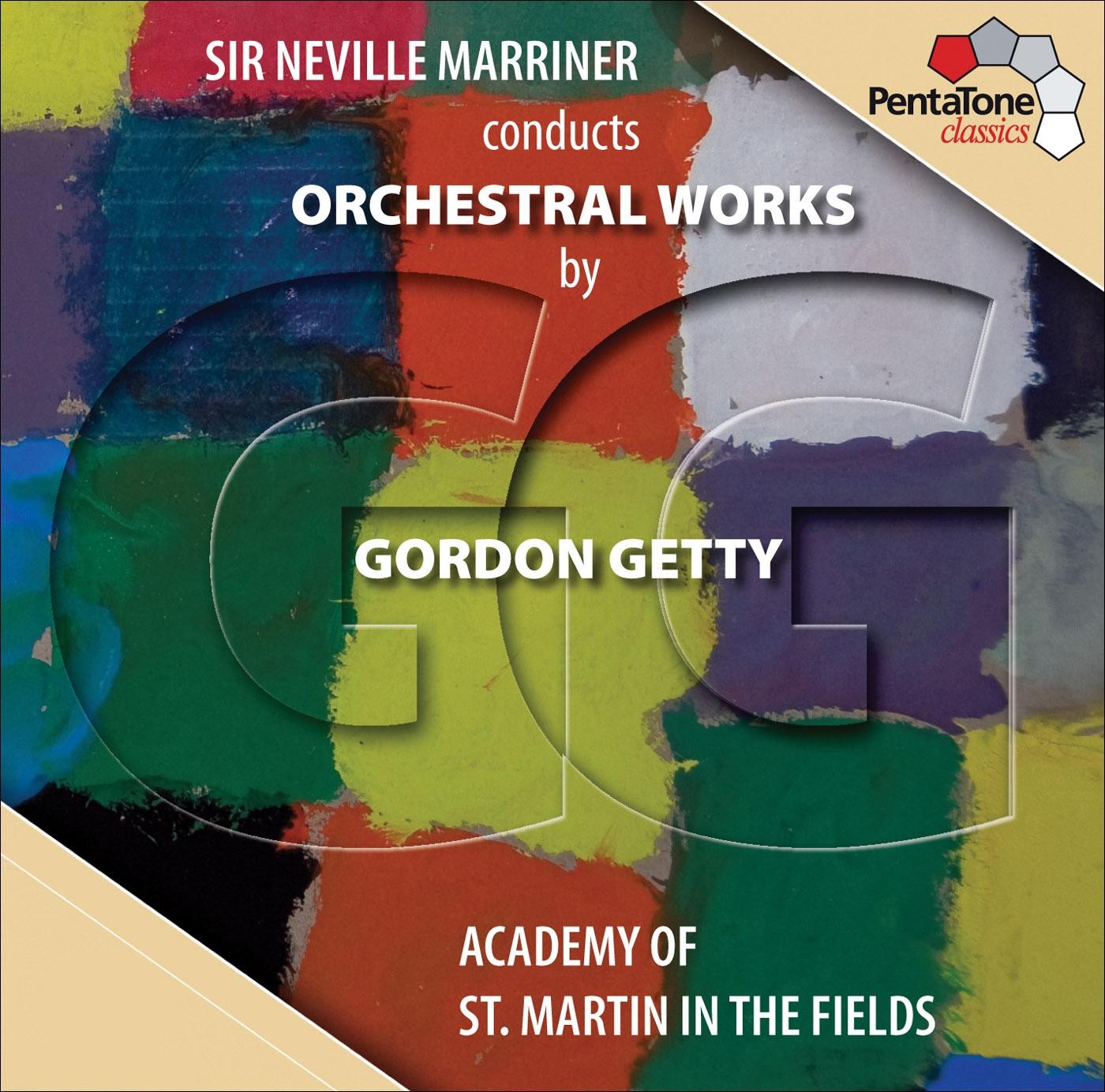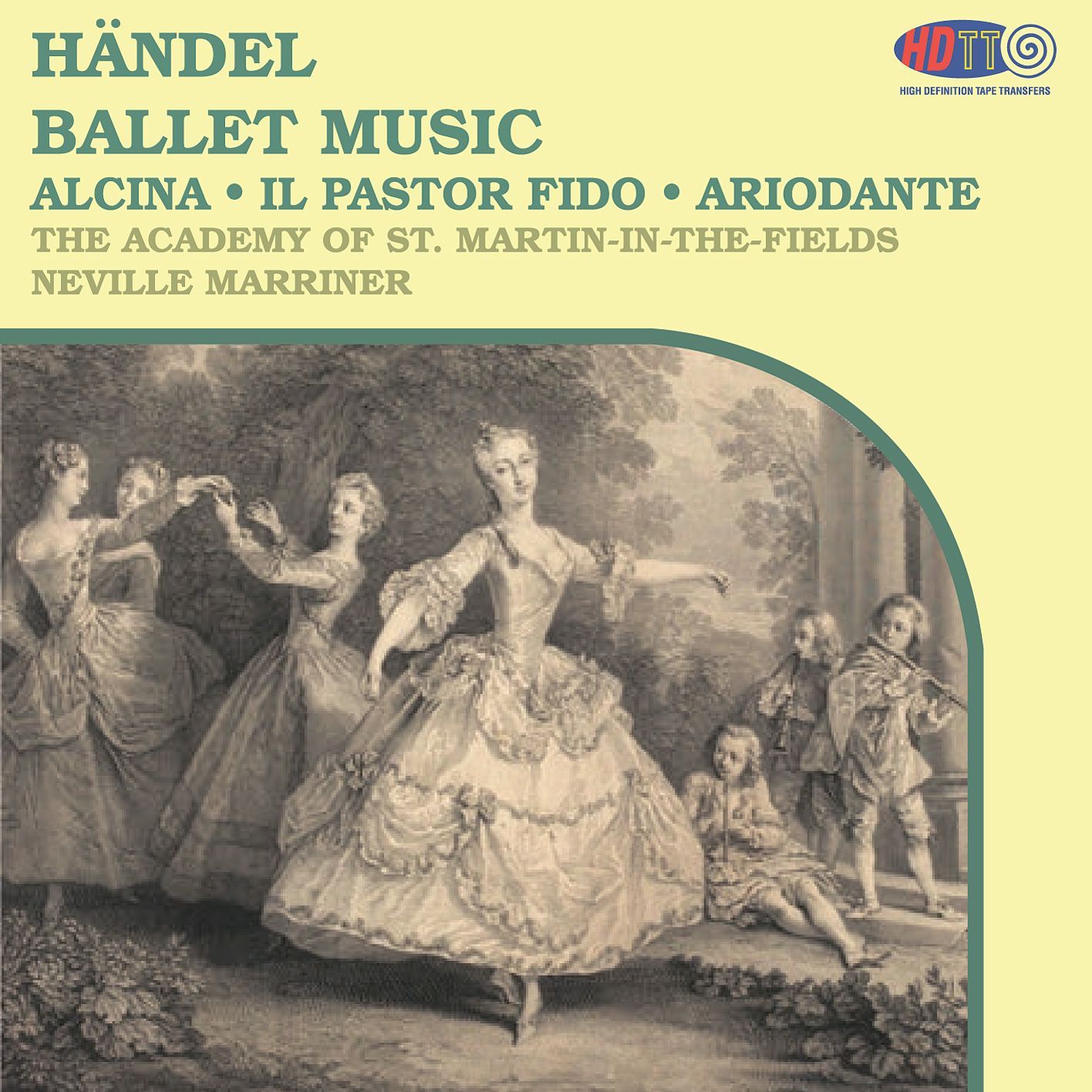
Andrew Marriner & Sir Neville Marriner – MOZART: Clarinet Concerto K. 622 / Clarinet Quintet, K. 581 (2004)
FLAC (tracks) 24 bit/88,2 kHz | Time – 01:01:55 minutes | 983 MB | Genre: Classical
Studio Masters, Official Digital Download | Front Cover | © Pentatone
The two compositions by Mozart recorded on this album are not just brilliant pièces de résistance taken from the oeuvre of an outstanding composer, they also provide two top-ranking international musicians with an opportunity to demonstrate their artistic mastery as well as to celebrate in a suitable musical manner two important days in their lives: here, father and son Marriner have combined forces. Sir Neville, who celebrated his 80th birthday this year, is conducting the Academy of St Martin in the Fields and accompanying his son Andrew, who turned 50 in 2004.
Mozart’s Quintet for Clarinet and String Quartet in A, K. 581 is dated September 29, 1789. The clarinettist Anton Stadler – who was a top-ranking virtuoso, as is clear from contemporary reports – encouraged his friend Mozart to write not only his Clarinet Concerto, but also this Quintet. Despite the considerable virtuosity demanded here, the basic idea of this half-hour work is not to give a demonstration of purely technical instrumental skill and brilliance, but to provide a tonal balance between the five instruments involved, as well as a corresponding consistency in the motivic-thematic writing. The clarinet dominates insofar as permitted within Mozart’s understanding of chamber-music: it balances on the narrow line between solo instrument and partner in the design of the composition.
The first movement (Allegro) is written in sonata form, and the first theme is presented not by the clarinet, but by the strings in four-part homophony. This is answered in a cliché manner by a miniature cadenza in the clarinet. Not until the development does a merging take place between the so far thematically isolated strings and the clarinet, which finally culminates in the recapitulation, when the homophonous main theme rings out in all five parts. The first section of the middle movement (Larghetto) belongs entirely to the lyrical melody of the clarinet, which soars above the strings like a human voice, before the first violin and the clarinet alternate in a dialogue in the middle section. A short Coda completes the movement. The Minuet contains two Trios (first Trio only for strings) and revives the “emancipation” of the instruments which had manifested itself for a short time in the Larghetto. The Finale (Allegretto) conceals a variation movement with six variations, in which Mozart once again clearly rejects any kind of virtuoso, thematic-motivic playing, reduced to mere outer show. All five instruments participate equally in the music.
Mozart composed his Clarinet Concerto in A, K. 622 in the autumn of 1791, in fact just a few weeks before he died. In this composition, we are faced not only with the most important and substantial of Mozart’s wind concertos, but as such with the Classical wind concerto at its epitome. Here, Mozart combines the qualities achieved in his late piano concertos and takes them to new heights. For instance, compared to his earlier bassoon concerto, the individual movements here have gained considerably in size and also in depth of content, and in the orchestra the strings are joined by pairs of flutes, bassoons and horns. There are no surprises awaiting us in the actual form of the concerto: it still consists of the traditional three movements. It is the virtually incalculable variety of detail in composition which, only when combined, leads to such tonal perfection and intensity of expression, which appears to be weightless and yet which is almost impossible to analyze.
‘The Clarinet Quintet (K 581, 1789) and Clarinet Concerto (K 622, 1791) are two of Mozart’s finest scores. Those who enjoy Sir Neville Marriner’s way with music of the Classical period should relish this album. Employing modern instruments, Sir Neville’s London-based orchestra plays with verve and skill. The chamber ensemble—Kenneth Sillito and Harvey de Souza, violins; Robert Smissen, viola; and Stephen Orton, cello—blend beautifully with the smooth elegance and rich tones of Andrew Marriner’s clarinet. Sillito’s fine work is especially valuable, because the score of the Quintet gives almost as many solo and leading-voice passages to the first violin as to the clarinet. Played over stereo equipment, these are the best-sounding performances of these pieces that have come my way. PentaTone Classics further characterizes this as an 80/50 Anniversary Album, Sir Neville turning 80 this year and son Andrew turning 50 in 2004. The rich, warm recording was achieved in the Henry Wood Hall, May 31–June 2, 2004.’ (Robert McColley, FANFARE)
Tracklist:
1. Andrew Marriner – Clarinet Concerto in A major, K. 622: I. Allegro (11:46)
2. Andrew Marriner – Clarinet Concerto in A major, K. 622: II. Adagio (08:17)
3. Andrew Marriner – Clarinet Concerto in A major, K. 622: III. Rondo: Allegro (08:33)
4. Andrew Marriner – Clarinet Quintet in A major, K. 581: I. Allegro (09:21)
5. Andrew Marriner – Clarinet Quintet in A major, K. 581: II. Larghetto (07:06)
6. Andrew Marriner – Clarinet Quintet in A major, K. 581: III. Menuetto (06:56)
7. Andrew Marriner – Clarinet Quintet in A major, K. 581: IV. Allegretto con variazione (09:53)
Download:


























![David Munrow, Academy of St. Martin in the Fields, Sir Neville Marriner – Telemann: Suite in A Minor – Sammartini & Handel: Recorder Concertos (2024) [Official Digital Download 24bit/192kHz]](https://imghd.xyz/images/2024/04/07/pblsdiekq4vpb_600.jpg)
![Academy of St. Martin in the Fields & Sir Neville Marriner – Handel: Oboe Concertos Nos. 1–3; Recorder Concertos (1965/2024) [Official Digital Download 24bit/48kHz]](https://imghd.xyz/images/2024/03/28/00ab0b9b.jpg)
![Academy of St. Martin in the Fields & Sir Neville Marriner – Handel: Music for the Royal Fireworks; Water Music (1972/2024) [Official Digital Download 24bit/48kHz]](https://imghd.xyz/images/2024/03/28/00ab0b76.jpg)
![Academy of St. Martin in the Fields & Sir Neville Marriner – Handel: Messiah (1976/2024) [Official Digital Download 24bit/48kHz]](https://imghd.xyz/images/2024/03/28/00ab0b75.jpg)
![Academy of St. Martin in the Fields & Sir Neville Marriner – Handel: Jephtha (1979/2024) [Official Digital Download 24bit/48kHz]](https://imghd.xyz/images/2024/03/27/00ab0b74.jpg)
![Academy of St. Martin in the Fields & Sir Neville Marriner – Handel: Coronation Anthems; Arias and Choruses (1985/2024) [Official Digital Download 24bit/48kHz]](https://imghd.xyz/images/2024/03/27/00ab0b71.jpg)
![Academy of St. Martin in the Fields & Sir Neville Marriner – Handel: Concerti a due cori; Concerto Grosso “Alexander’s Feast” (1978/2024) [Official Digital Download 24bit/48kHz]](https://imghd.xyz/images/2024/03/27/00ab0b64.jpg)
![Academy of St. Martin in the Fields & Sir Neville Marriner – Handel: Ballet Music (1972/2024) [Official Digital Download 24bit/48kHz]](https://imghd.xyz/images/2024/03/27/00ab0b1e.jpg)
![Academy of St. Martin in the Fields & Sir Neville Marriner – Handel: Acis and Galatea (1978/2024) [Official Digital Download 24bit/48kHz]](https://imghd.xyz/images/2024/03/23/00ab0b0d.jpg)
![Thurston Dart – Handel Concerti Grossi Op. 6 Nos. 1–6 (1968) [24Bit-48kHz] FLAC [PMEDIA] ⭐️](https://imageurl.xyz/images/2024/03/24/ab67616d0000b27343ed113c8c46512d531b2261.md.jpg)
![Academy of St Martin in the Fields, George Malcolm, Sir Neville Marriner – Handel: The Complete Concerti For Keyboard & Orchestra (1976/2024) [Official Digital Download 24bit/48kHz]](https://imghd.xyz/images/2024/03/24/00ab0af3.jpg)


![Andrew Marriner & Sir Neville Marriner – MOZART: Clarinet Concerto K. 622 / Clarinet Quintet, K. 581 (2004) [Official Digital Download 24bit/88,2kHz]](https://imghd.xyz/images/2023/07/09/field4_550x5505bcd0d6bbe38cfb1.jpg)
![Ingrid Jacoby, Academy of St. Martin in the Fields, Sir Neville Marriner – Mozart: Piano Concertos Nos. 21, 23 & Rondo (2015) [Official Digital Download 24bit/96kHz]](https://imghd.xyz/images/2023/06/06/71wvVL-bBFL.jpg)
![Ingrid Jacoby, Academy of St Martin in the Fields, Sir Neville Marriner – Mozart: Piano Concertos Nos. 14 & 27 (2014) [Official Digital Download 24bit/96kHz]](https://imghd.xyz/images/2023/06/06/61IcX7pyJL.jpg)
![Ingrid Jacoby, Academy of St. Martin in the Fields, Sir Neville Marriner – Mozart: Piano Concertos Nos. 1, 17 & 20 (2016) [Official Digital Download 24bit/96kHz]](https://imghd.xyz/images/2023/06/06/eyJidWNrZXQiOiJwcmVzdG8tY292ZXItaW1hZ2VzIiwia2V5IjoiODA4MjUxNy4xLmpwZyIsImVkaXRzIjp7InJlc2l6ZSI6eyJ3aWR0aCI6OTAwfSwianBlZyI6eyJxdWFsaXR5Ijo2NX0sInRvRm9ybWF0IjoianBlZyJ9LCJ0aW1lc3RhbXAiOjE0NTgwNTc1Nzh9.jpg)
![Hai-Kyung Suh & Sir Neville Marriner, Academy of St. Martin in the Fields – Mozart Piano Concertos 19∙20∙21∙23 (2016) [Official Digital Download 24bit/96kHz]](https://imghd.xyz/images/2023/03/02/0002894812776_600.jpg)
![Yeol Eum Son, Academy of St Martin in the Fields, Sir Neville Marriner – Yeol Eum Son: Mozart (2018) [Official Digital Download 24bit/96kHz]](https://imghd.xyz/images/2022/07/19/lpz54y5r83tac_600.jpg)
![Antonio Vivaldi – The Four Seasons – Academy of St. Martin in the Fields, Sir Neville Marriner (2000/2006) [Official Digital Download 24bit/96kHz]](http://i.imgur.com/6HPxtTX.jpg)